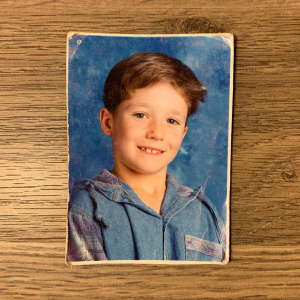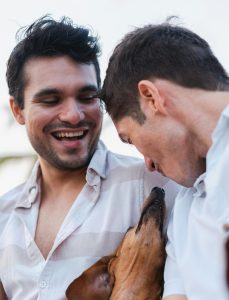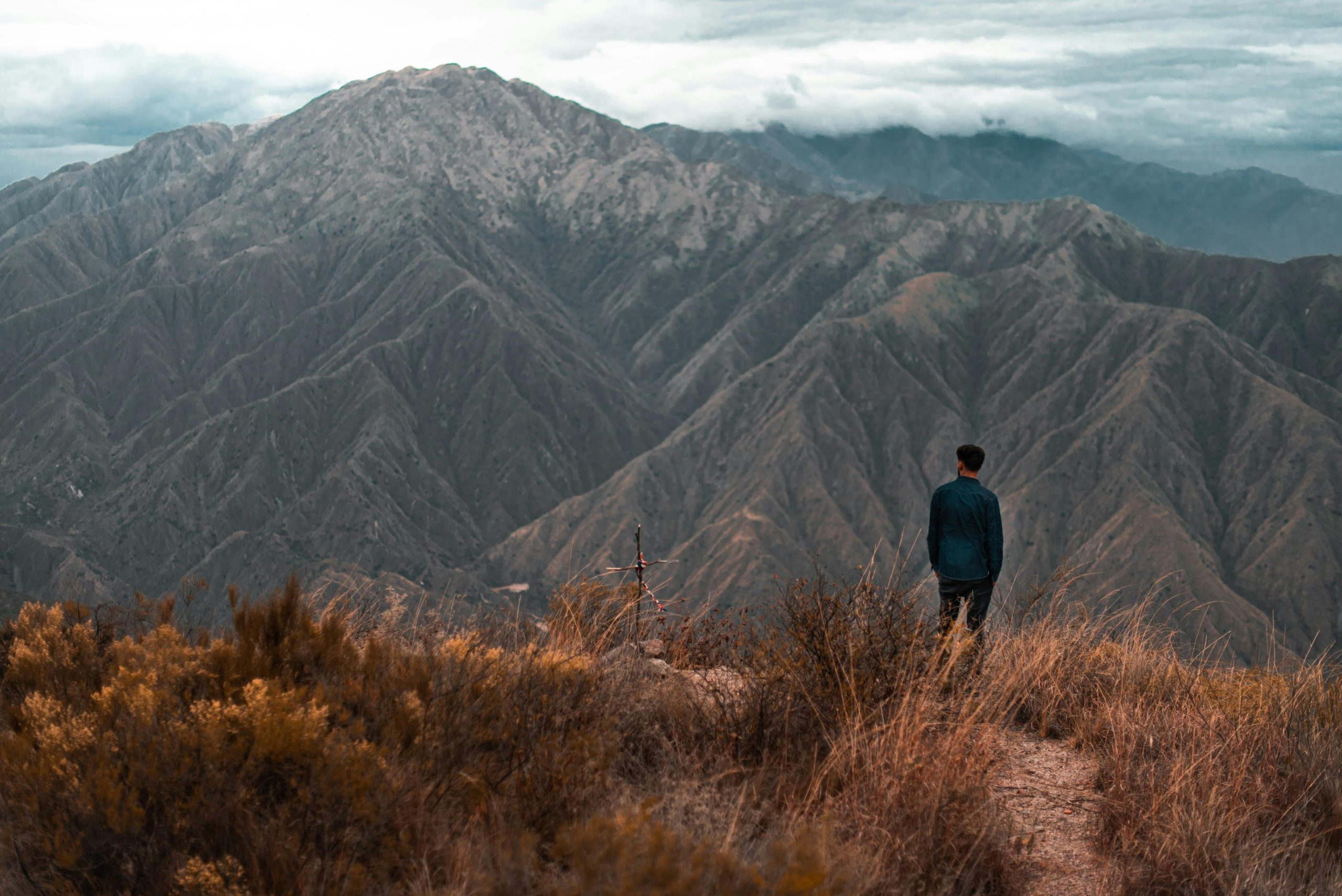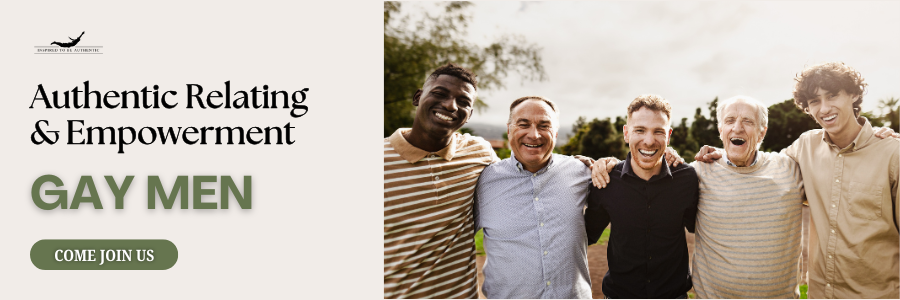I remember growing up as a gay boy before I even had the language for what I was feeling. I just knew I was different. I didn’t fully fit in with the other boys, nor did I fully belong with the girls. Somewhere along the way, I started to believe that “different” meant “wrong”.

At an early age, I learned to hide the parts of me that felt too much: too emotional, too gentle, too expressive, too sensitive, too gay. Every time I was teased, rejected, or made fun of, I internalized the message that being my authentic self was not safe.
So, I built a mask. I was confident, funny, charming, and anything that would earn acceptance. But inside, I always felt alone. I could be surrounded by friends and still feel like no one really saw me.
Eventually, that loneliness turned into isolation. I told myself I didn’t need anyone. I became what I call the lone wolf gay man. I was fiercely independent, emotionally guarded, and comfortable keeping people at arm’s length. It felt safer to be alone than to risk being hurt again.
Sound familiar?
The Psychology Behind the Lone Wolf Gay Man
Many gay men carry deep attachment wounds that start in childhood and are reinforced by shame and rejection throughout life.
Growing up in a world that teaches us that being gay is somehow “wrong” or “disgusting” creates a fracture in our authentic self and ultimately our sense of belonging.
That’s attachment trauma, the pain of being disconnected from love and acceptance when we needed it most. It leaves us sensitive to rejection and hesitant to trust intimacy.
So, what happens? We armour up. We become hyper-independent. We tell ourselves, “I don’t need anyone. I’m fine on my own.” But beneath that armour is a longing, a craving for closeness, connection, and community. We want to be seen, but we fear being seen. It’s the ultimate catch-22.
 Why We Choose Isolation Over Connection
Why We Choose Isolation Over Connection
Being a lone wolf feels safer because it gives us control. If no one gets close, no one can hurt us.
But over time, that safety starts to feel like a cage. We convince ourselves that we prefer solitude, but underneath, there’s often deep loneliness and a quiet grief for the connection we never got to have, with family, friends, or lovers.
Many gay men stay in this pattern for years, believing it’s just their personality. But it’s not who we are, it’s who we became to survive.
 The Secret to Healing the Lone Wolf Syndrome
The Secret to Healing the Lone Wolf Syndrome
Here’s the truth that changed everything for me:
You can’t heal loneliness by being alone.
You heal loneliness by learning to stop rejecting yourself.
When you start to make peace with who you are, all of you, you stop being terrified that others will reject you. You realize that the rejection you fear most is your own.
The way back to belonging begins with self-acceptance. The moment you start loving the parts of you that once felt unlovable, you open yourself up to love from others too.
Connection begins inside.
 Healing Happens in Relationships
Healing Happens in Relationships
This is the hardest part for many gay men. The very thing that hurt us, relationships, is also the thing that heals us. Healing doesn’t happen in isolation; it happens when we risk being seen again.
The safest way to begin is to connect with people who understand your experience, other gay men doing the work of healing, authenticity, and self-acceptance. When you’re around people who “get it,” you feel seen, mirrored, and safe to show up more fully.
This is why finding or creating a conscious gay men’s community can be life-changing. In spaces like that, we stop feeling like outsiders. We start belonging again, not because we’ve changed, but because we’ve finally stopped hiding.
 Let the Lone Wolf Rejoin the Pack
Let the Lone Wolf Rejoin the Pack
Being a lone wolf served a purpose. It kept you safe when you didn’t feel safe anywhere else. But safety and connection don’t have to be opposites anymore.
You deserve love, friendship, and belonging that feel nourishing, not depleting.
Let the lone wolf peek out of the den and join the pack, even just a little.
Because the truth is:
Most times, it’s worth risking rejection for authentic connection.
It’s so worth it.
And so are you.


